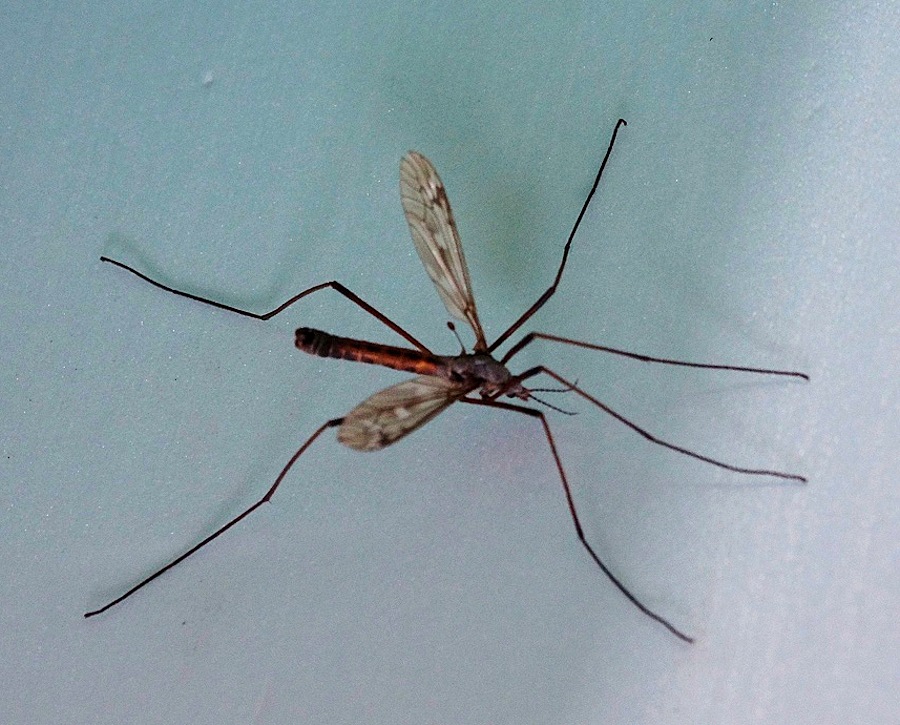Which would you rather have flying around your bedroom at night: a mosquito hawk? a or a sacaojos (a Spanish word that means “takes out eyes”)? A crane fly or a gollywhopper? Personally, I don’t mind the crane fly, but I vote for the mosquito hawk because I hate mosquitoes and admire hawks. A gollywhopper, however, is just silly and a sacaojos is scary. My Spanish husband gets very nervous when one is flying around and won’t go to sleep until it is smashed.

Which bird would you rather encounter in the wild: a vulture or a condor? Naturally, a condor. Vultures are nasty scavengers, symbols of death, while condors are majestic birds. Which would you fear more: a catamount, a puma, or a mountain lion? And which is bigger? Which would your rather see in a zoo: the red panda or the lesser panda? Which would your rather meet: a little penguin or a fairy penguin?

Actually, these groups of words are popular names for the same creatures. As a parallel example, one word in Spanish, paloma, can be translated into English into two words: pigeon and dove. English speakers love the dove and despise the pigeon, even though they both belong to the same order, Columbiformes. Look at them. They have the same shape and make similar sounds. Spanish-speakers make no such distinction in everyday speech between these birds and are puzzled by the abuse English-speakers heap on the lovely, but sad paloma.
These changes in attitude with changes in name are examples of narrative madness, a concept I came up with to describe the influence of narrative language on perception and behavior. Words do not report objectively on the world; they tell stories that influence how we think and act, so choose your words carefully, or else the sacaojos may alight on your eyelids as you sleep.
(Read more about the influence of language on perception and behavior in my book Narrative Madness and in my posts Narrative Madness: The Influence of Narrative Language on Perception and Behavior and How Language Speaks You.)